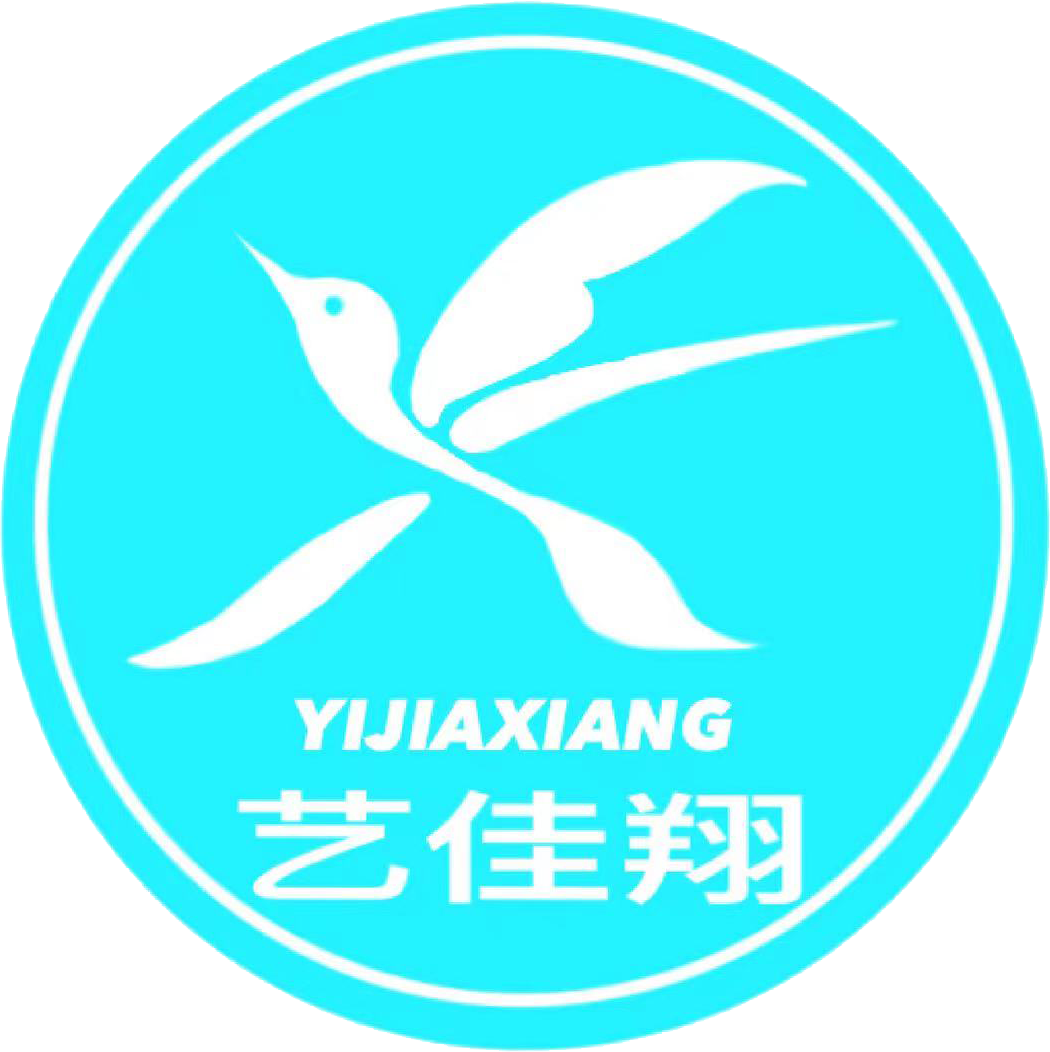05
2025
-
05
Vinyl Heat Transfer vs. Screen Printing: Which is Right for You?
Vinyl Heat Transfer vs. Screen Printing: Which is Right for You?
When it comes to creating custom apparel, two popular methods often come into the spotlight: vinyl heat transfer and screen printing. Each technique has its unique advantages and disadvantages. In this detailed guide, we will explore both methods to help you determine which one is right for your needs. Whether you are a small business owner, an enthusiastic hobbyist, or someone looking to personalize your wardrobe, understanding these printing techniques can lead to informed decisions and stunning results.
Table of Contents
- 1. Understanding Vinyl Heat Transfer
- 2. Understanding Screen Printing
- 3. Advantages of Vinyl Heat Transfer
- 4. Disadvantages of Vinyl Heat Transfer
- 5. Advantages of Screen Printing
- 6. Disadvantages of Screen Printing
- 7. Application Use Cases
- 8. Which is Right for You?
- 9. Frequently Asked Questions
1. Understanding Vinyl Heat Transfer
Vinyl heat transfer is a method where designs are cut from sheets of vinyl material and then heat-pressed onto fabric. This technique is particularly popular for small runs and personalized items due to its versatility. The process begins with designing artwork on a computer, which is then sent to a cutting machine. The vinyl is cut into the desired shapes, and excess material is weeded out, leaving only the design. Finally, heat and pressure are applied to transfer the design onto the substrate.
Key Features of Vinyl Heat Transfer
- **Versatility**: Works well on various fabrics including cotton, polyester, and blends.
- **Detail**: Capable of producing intricate designs and small text with clarity.
- **Durability**: Often lasts longer than other methods, especially when properly applied.
- **Low Setup Costs**: Ideal for small businesses or individual projects.
2. Understanding Screen Printing
Screen printing, also known as silk screening, involves creating a stencil (or screen) and using it to apply layers of ink onto the printing surface. This method is highly popular for large runs due to its efficiency and ability to produce vibrant colors. Each color in a design requires a separate screen. The process begins with preparing the screens, followed by applying ink, and finally curing it to ensure durability.
Key Features of Screen Printing
- **Color Richness**: Offers vibrant colors and a variety of inks.
- **Economical for Large Runs**: High setup costs are offset by lower per-unit costs in bulk production.
- **Customization**: Can print on a wide range of materials, including fabrics, plastics, and metals.
3. Advantages of Vinyl Heat Transfer
Vinyl heat transfer presents several advantages that might appeal to individuals or businesses considering custom apparel creation.
Customization and Personalization
One of the standout benefits of vinyl heat transfer is the ability to create highly customized and personalized designs. With the flexibility of vinyl sheets, you can easily create unique graphics for events, businesses, or gifts.
Quick Turnaround Time
Compared to screen printing, vinyl heat transfer offers a faster setup time. Since there are no screens to prepare, getting started on your project can be almost immediate, making it ideal for small orders or last-minute needs.
Less Material Waste
Because vinyl heat transfer involves cutting out only the design, it tends to produce less waste than screen printing, which requires ink for each color used.
4. Disadvantages of Vinyl Heat Transfer
Despite its many benefits, vinyl heat transfer comes with some drawbacks that are important to consider.
Limited Color Options
While vinyl heat transfer can handle multiple colors, the process can become cumbersome if designs consist of many colors. This may lead to increased costs and complexity in production.
Less Breathability
Vinyl tends to create a thicker layer on fabric, which may reduce breathability compared to other printing methods. This can make garments less comfortable to wear in warm conditions.
Durability Concerns
While vinyl can be quite durable, it may not hold up as well as screen printing in high-wear scenarios, especially if subjected to frequent washing and drying.
5. Advantages of Screen Printing
Screen printing is a well-established technique with numerous advantages that can be beneficial for bulk production.
Cost-Effectiveness for Large Orders
Screen printing becomes increasingly cost-effective with larger orders. The initial setup costs are higher, but the per-unit price decreases significantly, making it an excellent choice for bulk orders.
Superior Color Quality
Screen printing allows for the use of specialty inks, including metallics and glowing inks, that create spectacular visual effects. It’s also capable of producing rich, vibrant colors that last longer than vinyl options.
Longevity
Screen-printed designs typically have better longevity, especially when printed with high-quality inks and cured properly, making them ideal for high-usage items.
6. Disadvantages of Screen Printing
While screen printing has many advantages, it also suffers from certain limitations that are important to consider.
Higher Initial Setup Costs
Setting up screens and preparing ink can be costly and time-consuming, making it less ideal for small orders or one-off projects.
Longer Turnaround Time
The setup process for screen printing can take longer than vinyl heat transfer. This may not work well for urgent projects where speed is a priority.
Limited Design Complexity
Screen printing may struggle with extremely intricate designs or small text, making vinyl heat transfer a better choice for those types of projects.
7. Application Use Cases
Understanding the ideal applications for each method can further clarify which technique is best suited for your needs.
When to Choose Vinyl Heat Transfer
- Personalized gifts and small runs.
- Complex designs with intricate details.
- Short-term promotions and events.
When to Choose Screen Printing
- Large orders and bulk production.
- High-quality, durable garments for retail.
- Vibrant artwork or custom colors.
8. Which is Right for You?
The decision between vinyl heat transfer and screen printing ultimately depends on your specific needs, budget, and project requirements. If you are working on a small-scale project with complex designs, vinyl heat transfer might be the way to go. However, if you plan to produce a large quantity of shirts or garments, screen printing could be the most economical and effective choice.
9. Frequently Asked Questions
1. Is vinyl heat transfer better than screen printing?
It depends on your specific needs. Vinyl heat transfer is great for small, detailed orders, while screen printing is more cost-effective for larger runs.
2. Can I wash screen-printed shirts in hot water?
Yes, but it’s advisable to follow care instructions to maximize the lifespan of the prints. Washing in cold water is generally recommended.
3. How long does vinyl heat transfer last?
When applied correctly, vinyl heat transfer can last several years, but it may not be as durable as screen printing for heavy use.
4. Can I use both methods on the same garment?
Yes, combining both methods can create unique designs and add different textures to your garments.
5. How do I choose the right method for my business?
Consider your order size, budget, design complexity, and desired durability. Each method has its strengths depending on these factors.
Conclusion
In summary, both vinyl heat transfer and screen printing have their unique benefits and drawbacks. By evaluating your specific needs and understanding the characteristics of each method, you can make an informed decision that aligns with your goals. Whether you choose vinyl heat transfer for its customization capabilities or screen printing for its efficiency in large orders, both methods offer valuable solutions for creating stunning custom apparel.
vinyl heat transfer
Previous Page
Previous Page

Telephone:18850529927

Mailbox:87339004@qq.com

Address: Room 401, No. 90 Huliyuan, Tong 'an District, Xiamen City

WeChat QR
Copyright©2023 Xiamen Shunyi Xingyuan Industry and Trade Co., Ltd.SEO Tags

 Language
Language






